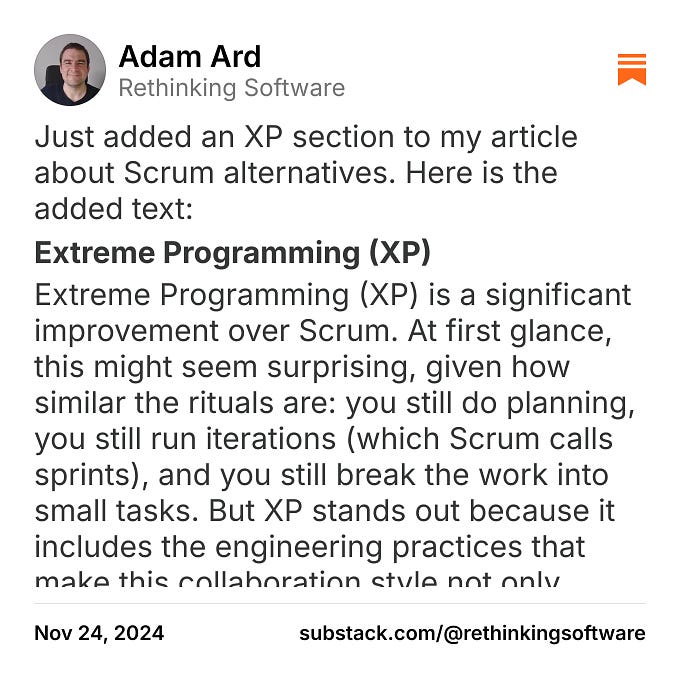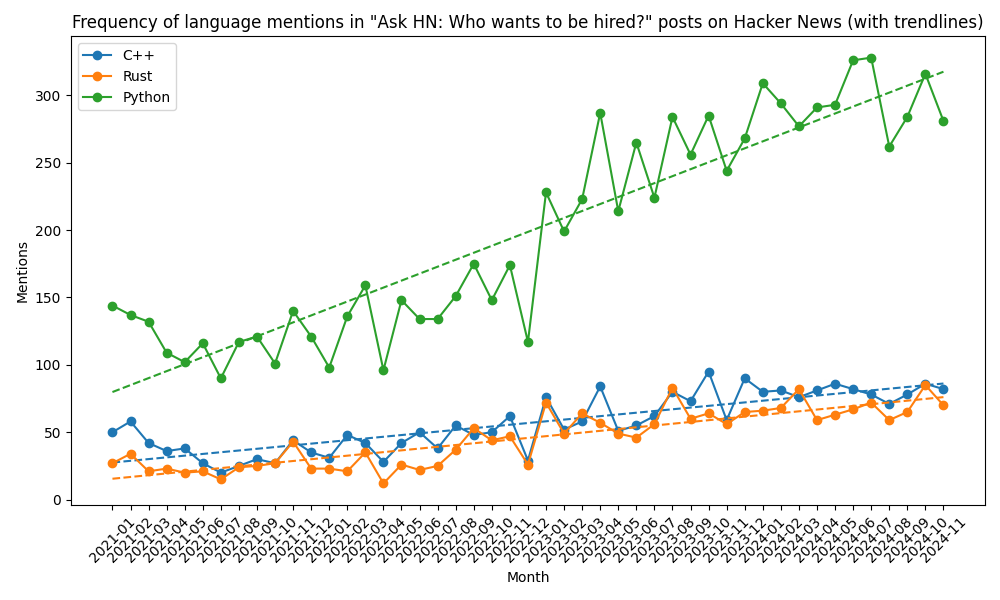SemVer Is Not About You Nov 23, 2024
A popular genre of articles for the past few year has been a “SemVer Critique ”, pointing out various things that are wrong with SemVer itself, or with the way SemVer is being applied, and, customary, suggesting an alternative versioning scheme. Usually, the focus is either on how SemVer ought to be used, by library authors (nitpicking the definition of a breaking change), or on how SemVer is (not) useful for a library consumer (nitpicking the definition of a breaking change).
I think these are valid lenses to study SemVer through, but not the most useful. This article suggest an alternative framing: SemVer is not about you.
Before we begin, I would like to carefully delineate the scope. Among other things, SemVer can be applied to, broadly speaking, applications and libraries. Applications are stand-alone software artifacts, usable as is. Libraries exist within the larger library ecosystem, and are building blocks for assembling applications. Libraries both depend on and are depended upon by other libraries. In the present article, we will look only at the library side.
At the first glance, it appears that SemVer solves the problem of informing the user when to do the upgrade: upgrade patch for latest bugfixes, upgrade minor if you want new features, upgrade major if you want new features and are ready to clean-up your code. But this is not the primary value of this versioning scheme. The real reason of semver is for managing transitive dependencies.


















/cdn.vox-cdn.com/uploads/chorus_asset/file/24007892/acastro_STK112_android_01.jpg)

